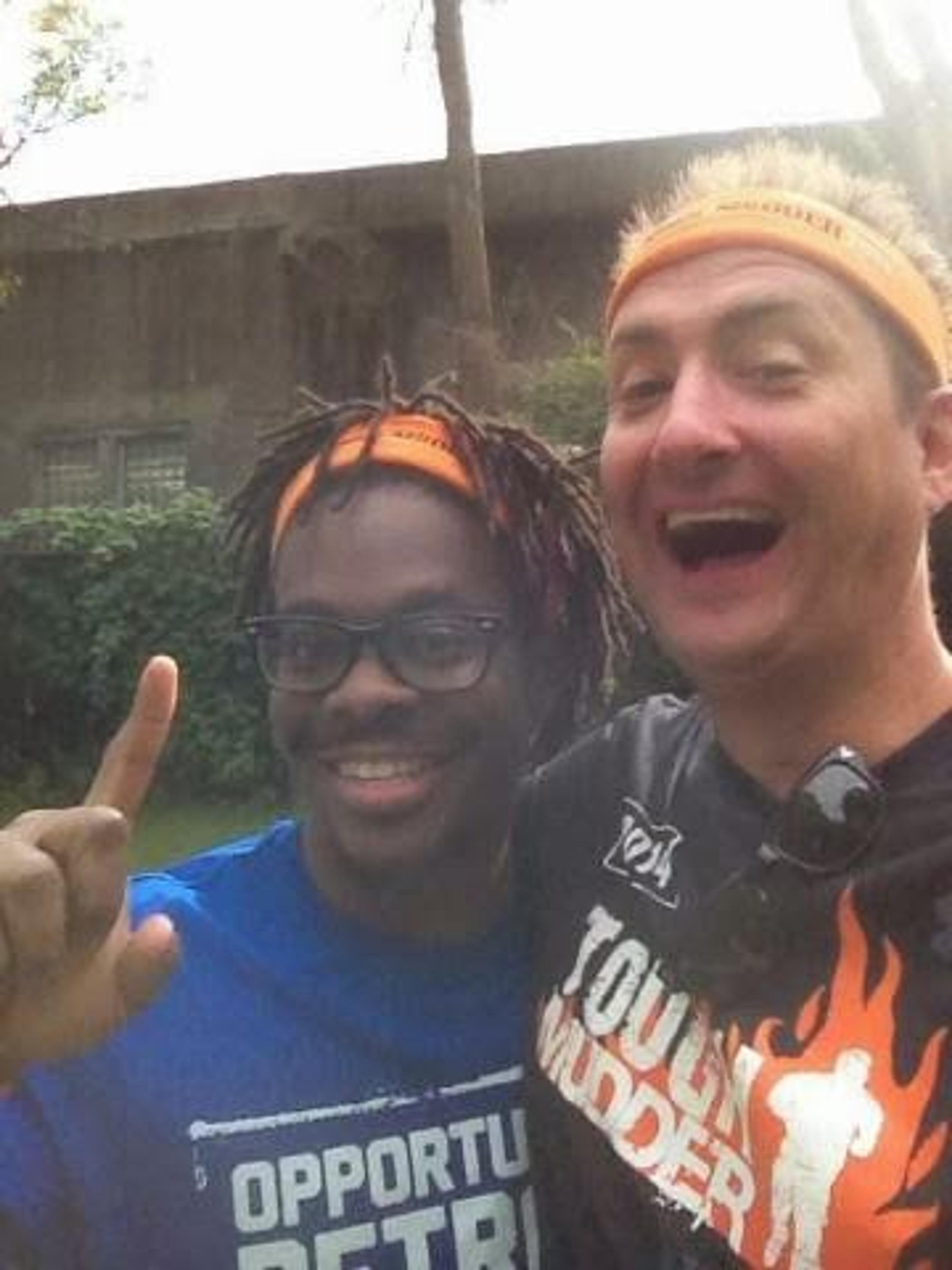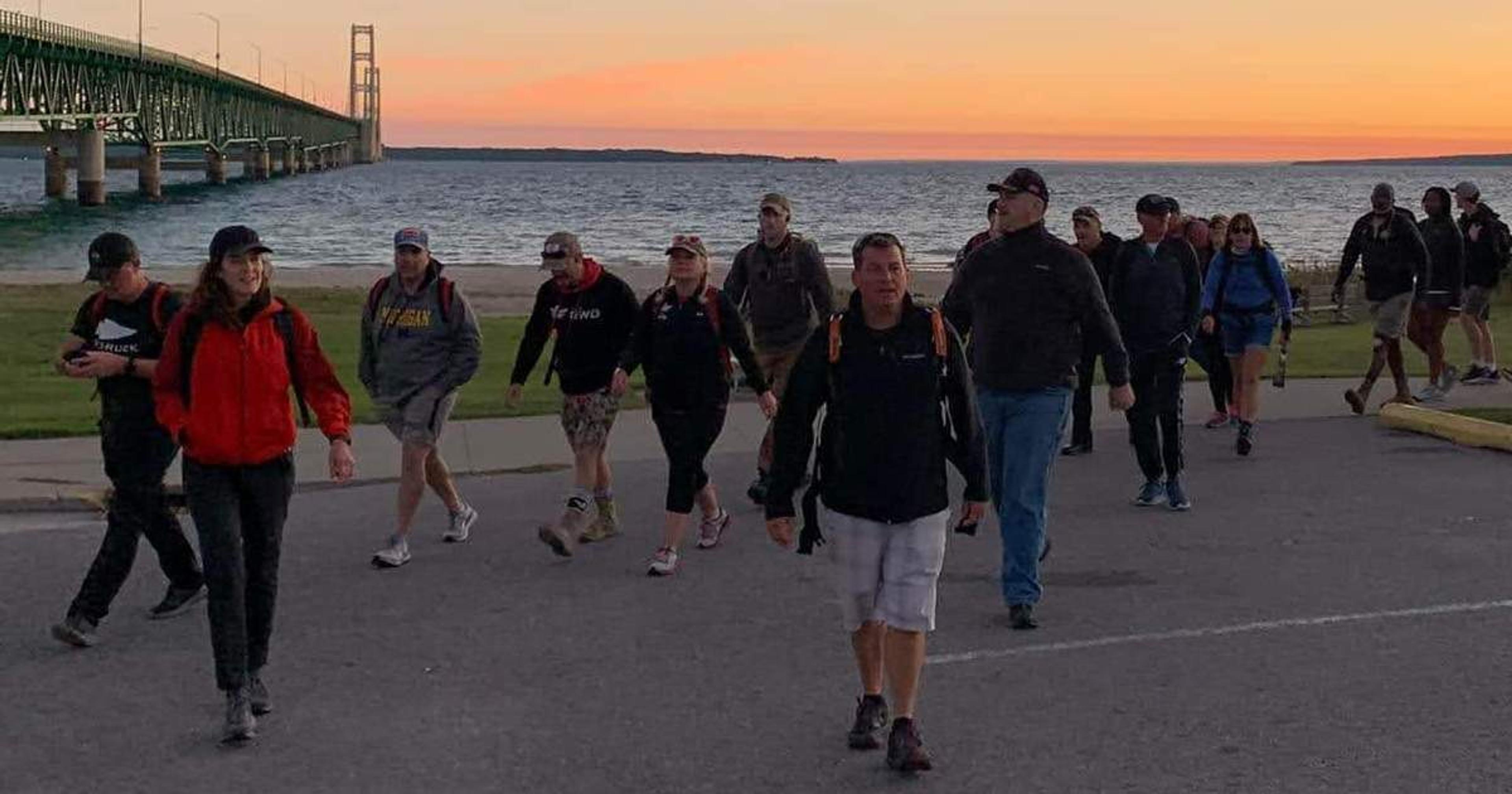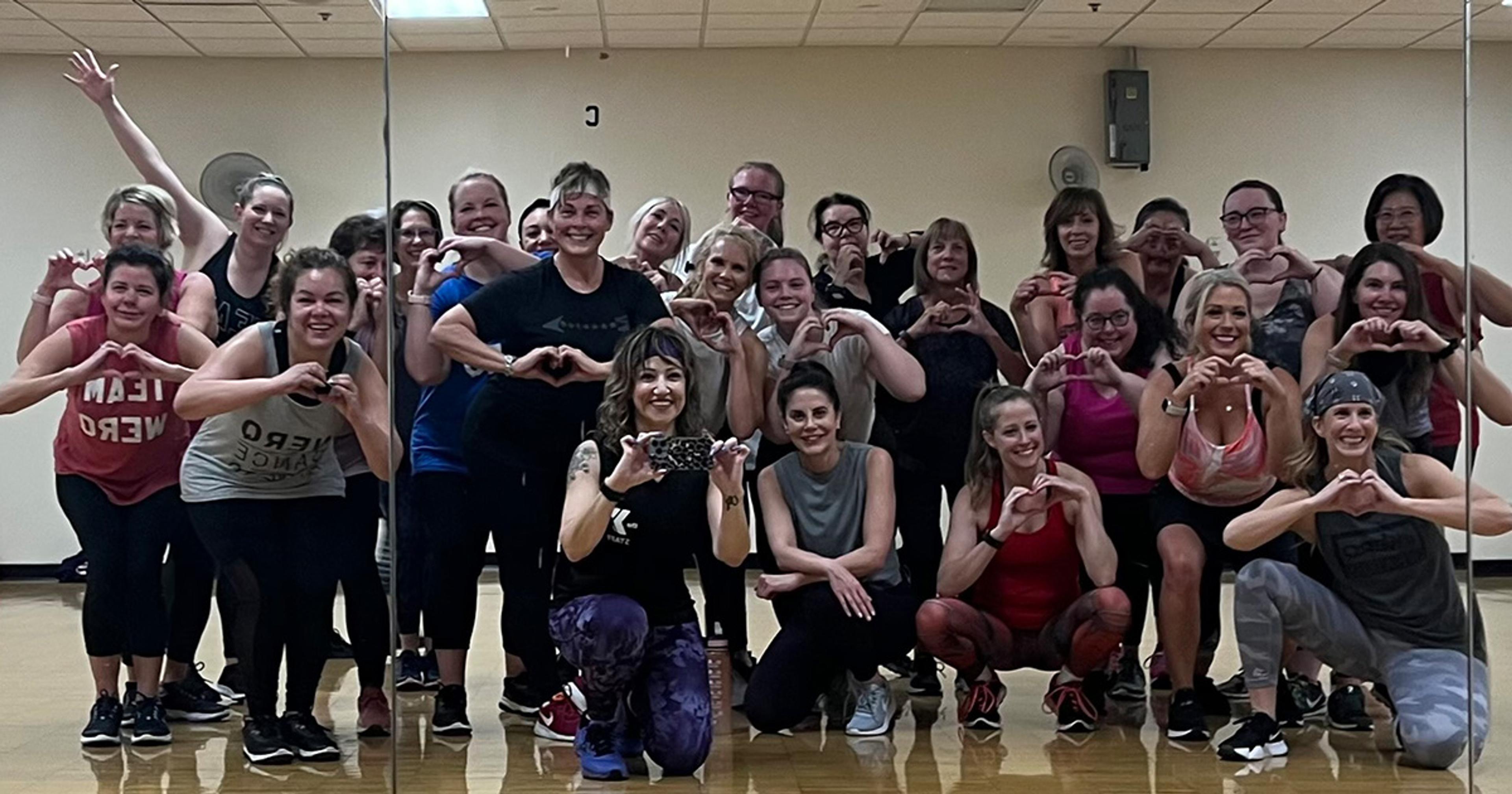#HealthyMe: Running a Tough Mudder (With Video)

Brian Bell
| 3 min read

My friend and colleague Kyle Hall and I tackled one of the trendiest fitness challenges this past weekend – the obstacle-filled dirt run!
We ran the Tough Mudder held Saturday, Sept. 20 in Brooklyn, Michigan at the Michigan International Speedway Grounds.
Kyle and I started dry and finished soaked in mud from head to toe.
My personal health goals this year include wanting to recover from a stress-fractured tibia enough to run a race longer than a 10K (6.2 miles) and to be strong enough to do a variety of tasks beyond running, such as an organized obstacle course.
Kyle’s goals were a little different. He wanted to bulk up and gain muscle so training for the Tough Mudder set him back a little bit because of all the cardio but in the end he was glad that he took on this challenge.
Tough Mudder courses run nationwide, developed by a British Special Air Service veteran, are 10 to 12 mile runs and feature such tests of fitness and endurance as:
- The Arctic Enema – a jump into an ice- and water-filled dumpster
- Berlin Wall – climbing a wall eight feet or higher
- Electroshock Therapy – running through a field of live wires
- And many others!
A small portion of funds from the Tough Mudder go to the Wounded Warrior Project, a non-profit that supports a variety of programs for wounded veterans.
The run emphasizes teamwork and it is stated clearly that Tough Mudder is not a race, it’s fitness done with your friends.
When I heard about the Tough Mudder, I thought: What could be a better test of my improving health, and healing bone, than this crazy course?
I found someone healthy enough, crazy enough and willing to run the Tough Mudder with me – my friend and colleague Kyle Hall.

Brian and Kyle at the end of their first Tough Mudder.
The Tough Mudder practically requires a team or at least a partner to help you over the course.
Kyle practically leapt at the opportunity to get electrocuted. Kyle is fit enough that he regularly lifts 300+ pounds over his chest and head. Running over some mud doesn’t even phase him.
To train, I put in nearly 200 miles of running over the course of about four months. I (tried) to lift weights every three days. I did home-video pilates a couple times a month, though I was very inconsistent about using my “powerhouse” on any kind of regular basis. At the end of this training, I find I’ve dropped about 17 pounds, my blood pressure is lower and my pulse rate runs about 10 beats less a minute than it used to run.
Kyle started training two months before the race. His biggest obstacles were running consistently and endurance. He started off running one mile three times a week and one month before the race, he made it up to two miles. His first time running five consecutive miles was only one week before the race.
After almost 4 months of training, the morning arrived and Kyle and I ran.
Over obstacles.
Under obstacles.
Through obstacles.
Through electricity.
And most of all, through the MUD.
What a great morning it was to run the course! My teammate and I plowed through it.
I find myself with no regrets for running it and I’m already planning my next Tough Mudder run and getting even more of my friends to join me!
Photo credit: Brian Bell
This blog post is part of #HealthyMe, a personalized web experience based on your health and wellness goals. To sign up today, visit https://www.ahealthiermichigan.org/healthyme





